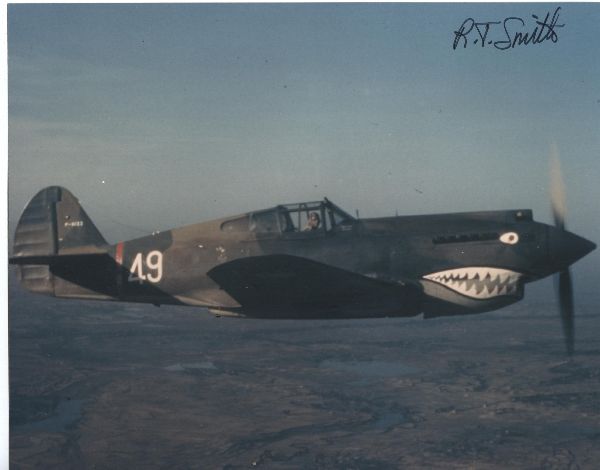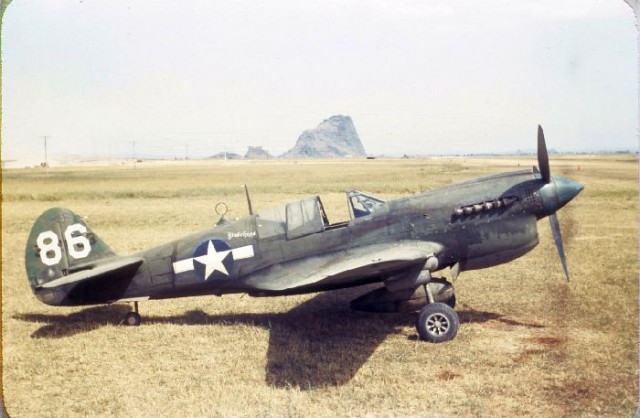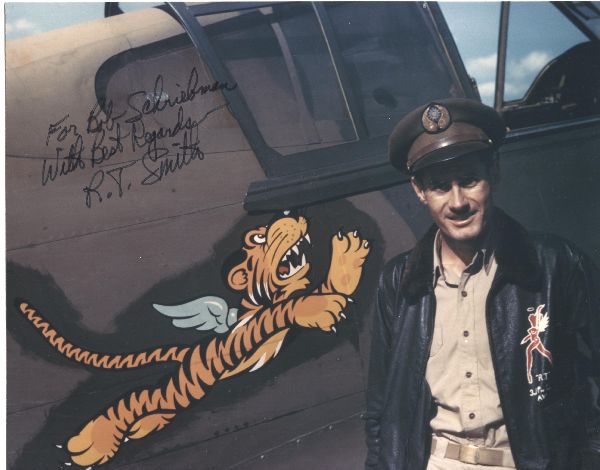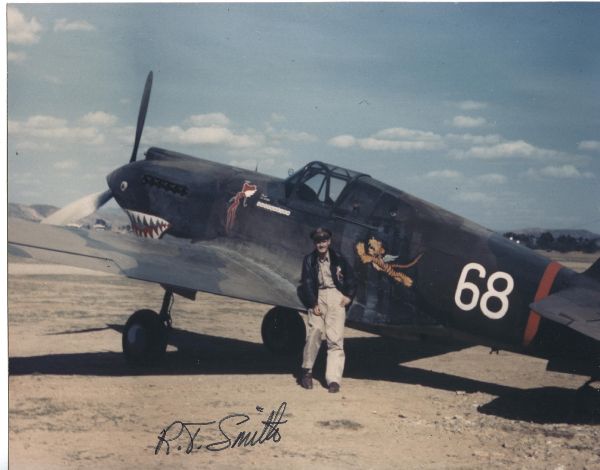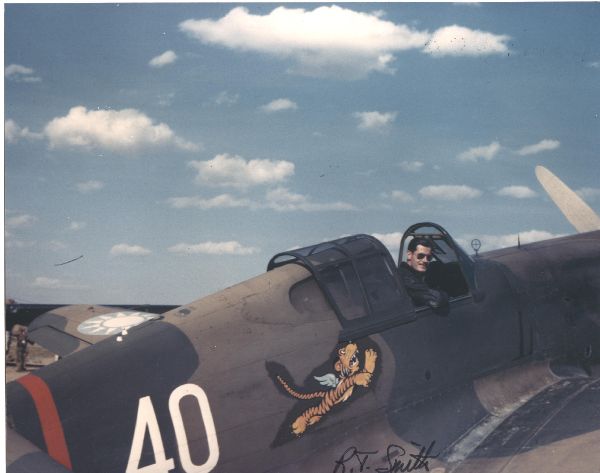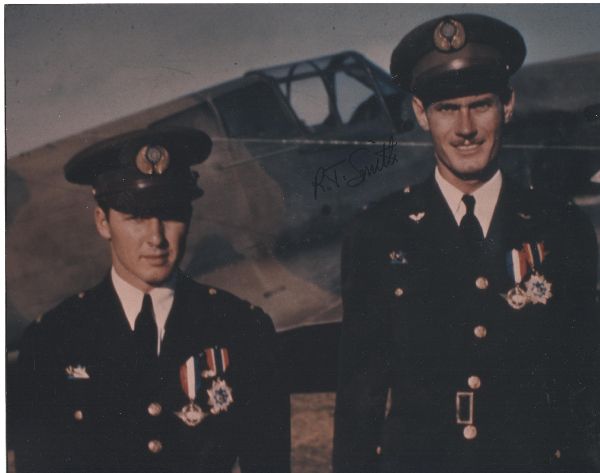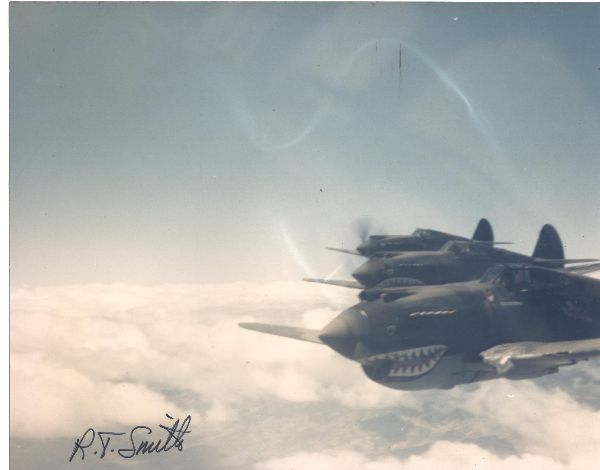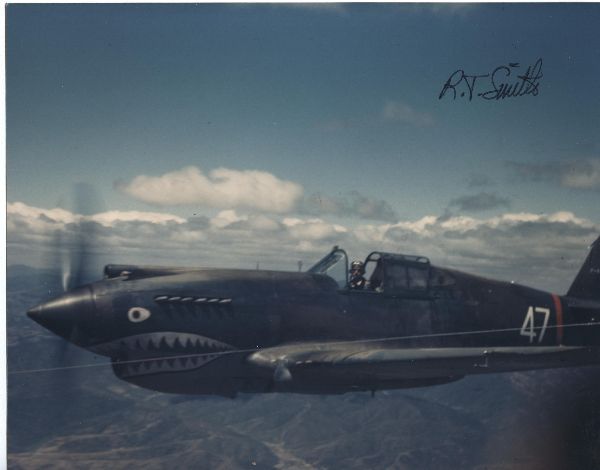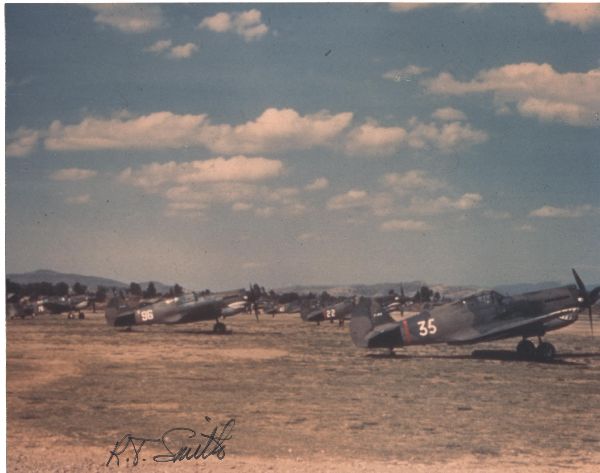If you are asked to think of World War II fighters you might very well imagine planes with sharp noses and shark’s faces. You might be thinking of the Flying Tigers, the aircraft of the 1st American Volunteer Group (AVF). Their pilots came from the United States Army Air Corps, Navy and Marines, but they were officially members of the Chinese Air Force.
The AVG was made up of three squadrons, with 30 fighters in each squadron. They trained in British–held Burma and their mission was to fight for China, which had been invaded by Japan in 1937. The Americans did not want Japan to win, and the Chinese needed help badly.
At the time the American Volunteer Group was created the United States was not at war with Japan, so it secretly created the squadrons at the request of the Chinese government. They first went into action on December 20, 1941. The Japanese attack on Pearl Harbour had occurred only twelve days before.
The Tigers were highly successful in combat. They were so successful in fact that they inspired Americans at home to believe that might be able to defeat the Japanese. Using original tactics, they destroyed 296 enemy aircraft, losing only 14.
On 4 July 1942, the American Volunteer Group was disbanded. The 23rd Fighter Group, under the command of General Claire Lee Chennault, replaced it, and it became part of the United States Fourteenth Air Force. Chennault had been largely responsible for the creation of the AVG, and kept the fierce–looking markings on the planes.
The American press still called them the Flying Tigers. The 23rd Fighter Group achieved similar victories to the AVG.
In 1996 the US Air Force awarded the pilots of the AVG the Distinguished Flying Cross.
Jack D. Canary Special Collection Photo
Jack Canary was a Tech Rep with North American Aviation in China during World War Two. After the War, he continued to work with NAA and also built and restored aircraft. He worked as a consultant on the film “Tora, Tora, Tora” and was killed while flying a PT-22 for the film in 1968. [via]
R.T. Smith next to the Disney “Flying Tiger” decal on the side of P-40 Tomahawk #40 in Kunming, China on May 23, 1942. [via]
R.T. Smith next to Chuck Older’s P-40 Tomahawk #68 in Kunming, China on May 23, 1942. [via]
R.T. Smith in the cockpit of P-40 Tomahawk #40 in Kunming, China on May 23, 1942. [via]
The photograph P-40 Tomahawk #49 flown by Tom Hayward of the Third Pursuit Squadron — Hell’s Angels — of the American Volunteer Group was probably taken from aircraft #47 on May 28, 1942 near the Salween River Gorge on the China-Burma border. [via]
Chuck Older and R.T. Smith after being decorated with the Fifth Class Order of the Cloud and Banner and the Star-Wing Metal in front of a P-40 Tomahawk at Yunnanyi, China. The photograph was taken on June 6, 1942. [via]
The photograph of the Third Pursuit Squadron — Hell’s Angels — of the American Volunteer Group was probably taken from aircraft #47 on May 28, 1942 near the Salween River Gorge on the China-Burma border. The shot of P-40 Tomahawks includes #68 flown by Arvid Olson, #46 flown by Bob Prescott, and #24 flown by Ken Jernstedt. [via]
The photograph P-40 Tomahawk #47 flown by R.T. Smith of the Third Pursuit Squadron — Hell’s Angels — of the American Volunteer Group was probably taken on May 28, 1942 near the Salween River Gorge on the China-Burma border. [via]
AVG Third Squadron P-40 Tomahawks #75, #96, #47, #22 and #35 parked at Kunming in May 1942. [via]
